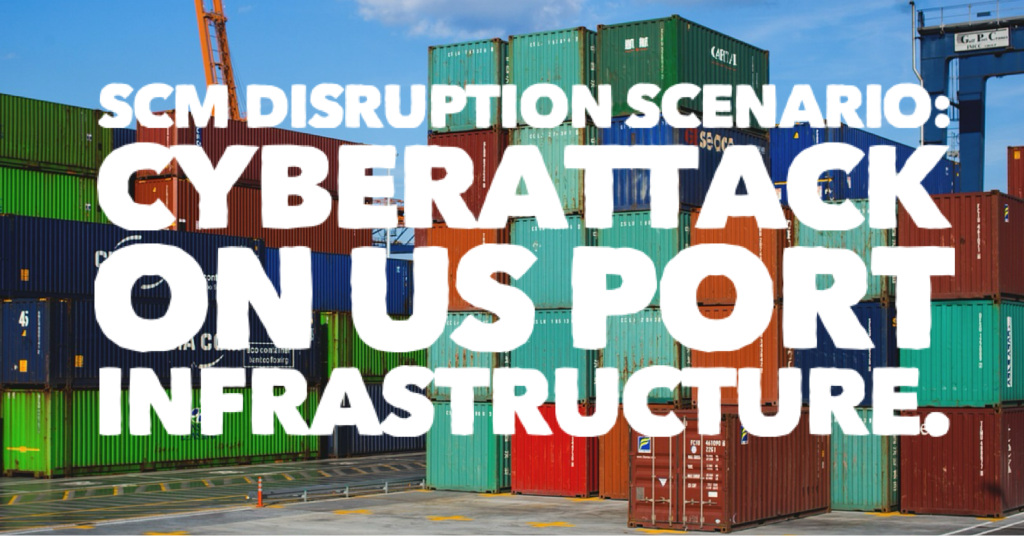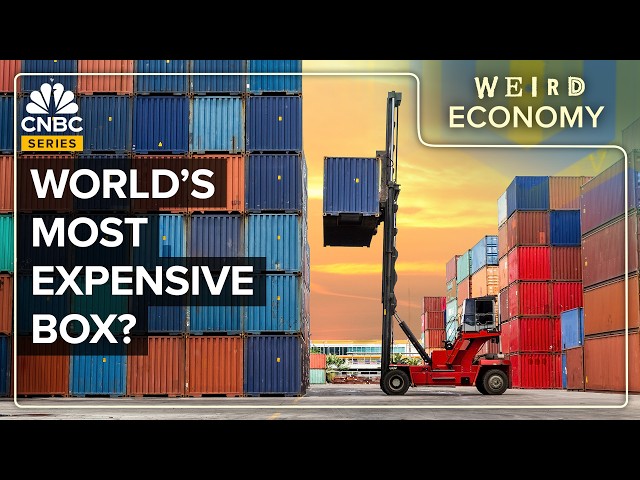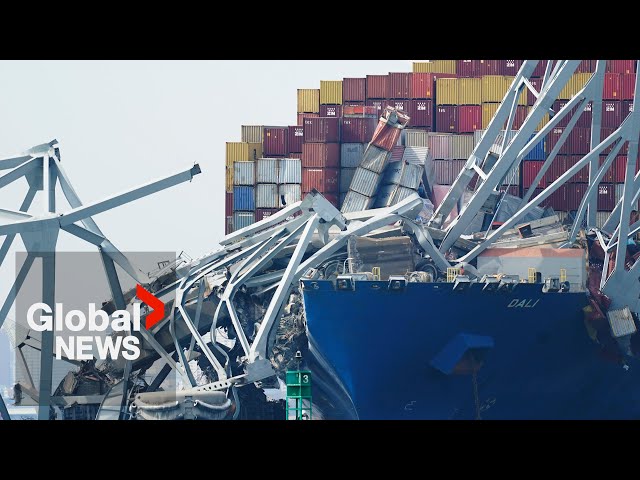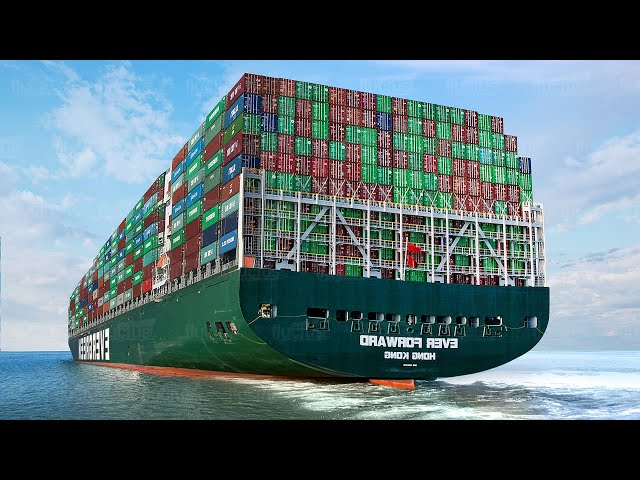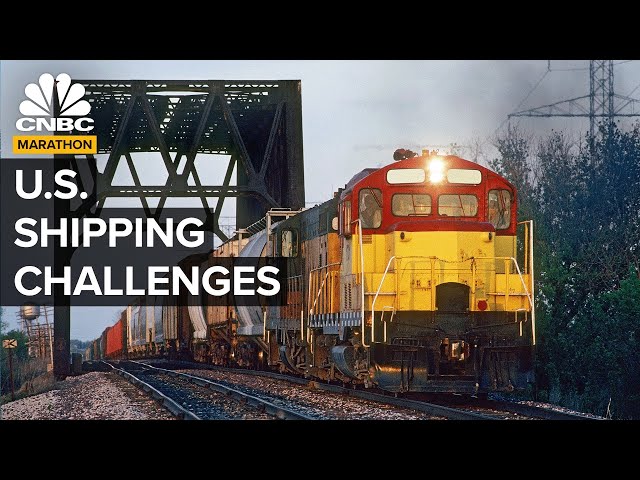Engineering the Panama Canal Uses to Move Ships.
The Panama Canal is a marvel of engineering, using a series of locks and other infrastructure to move the world’s largest ships between the Atlantic and Pacific Oceans. Here’s a closer look at the key engineering elements:
1. Locks: The heart of the Panama Canal is its system of locks, which raise and lower ships between different water levels. There are three sets of locks on the canal: * Gatun Locks: Located on the Atlantic side, these locks raise ships 85 feet (26 meters) to the level of Gatun Lake. * Pedro Miguel Locks: These locks lower ships 31 feet (9.5 meters) from Gatun Lake to Miraflores Lake. * Miraflores Locks: These locks lower ships 54 feet (16.5 meters) from Miraflores Lake to the Pacific Ocean. Each lock chamber is massive, measuring 1,102 feet (336 meters) long, 110 feet (33.5 meters) wide, and 41 feet (12.5 meters) deep.
2. Gravity and pumps: The Panama Canal uses a clever combination of gravity and pumps to fill and drain the locks. Water flows naturally from Gatun Lake to the Pacific Ocean, providing the power to lower ships. However, pumps are needed to raise ships from the lower levels to Gatun Lake.
3. Gaillard Cut: This 8-mile (13-kilometer) long passage cuts through the Continental Divide, the highest point on the canal route. The Gaillard Cut required immense excavation to create, and it remains a vital section of the canal.
4. Tugboats: To safely maneuver the largest ships through the narrow locks and Gaillard Cut, the Panama Canal utilizes a fleet of powerful tugboats. These tugboats provide additional control and prevent ships from colliding with the canal walls.
5. Line handlers: Skilled line handlers play a crucial role in securing ships to the lock walls during the raising and lowering process. They use heavy ropes and specialized equipment to ensure the ships remain stable throughout the transit.
6. Dredging: Maintaining the depth and navigability of the Panama Canal requires ongoing dredging. Powerful dredges continuously remove silt and sediment that accumulate in the canal, ensuring smooth passage for even the largest vessels.
7. Electronic control systems: The Panama Canal utilizes sophisticated electronic control systems to monitor and manage the movement of ships through the locks and Gaillard Cut. These systems ensure safety and efficiency, allowing for the precise navigation of large ships within a confined space.
8. Ongoing modernization: The Panama Canal Authority is committed to continuous improvement and modernization. This includes expanding the canal to accommodate even larger ships, improving lock technology, and implementing new safety and sustainability initiatives.
The Panama Canal is a testament to human ingenuity and engineering prowess. Its innovative use of locks, gravity, pumps, and other technologies has revolutionized global trade and shipping, making it possible for the world’s largest ships to navigate between the Atlantic and Pacific Oceans.
The Engineering Marvel called Panama Canal
History of the Panama Canal
1500s:
- 1513: Spanish explorer Vasco Nuñez de Balboa crosses the Isthmus of Panama, sparking interest in a canal route.
- 1534: King Charles I of Spain orders a canal route survey, but the project is deemed too ambitious.
1800s:
- 1879: French engineer Ferdinand de Lesseps attempts to build a sea-level canal, but the project is plagued by disease outbreaks, landslides, and financial difficulties. The French abandon the project in 1889, leaving behind a partially completed canal.
1900s:
- 1903: The Hay-Bunau-Varilla Treaty is signed, granting the United States the right to build and control the canal in exchange for financial compensation to Panama.
- 1904: Construction begins under President Theodore Roosevelt, utilizing American engineering expertise and lessons learned from the French effort.
- 1914: The Panama Canal officially opens on August 15th, marking a significant milestone in global maritime trade.
- 1977: The Torrijos-Carter Treaties are signed, outlining a gradual transfer of control of the canal from the US to Panama over a 22-year period.
- 1999: Full control of the canal is handed over to Panama on December 31st, marking a historical moment for the nation.
2000s and beyond:
- 2007: The Panama Canal undergoes a major expansion project, widening the locks to accommodate larger ships, known as “Post-Panamax” vessels.
- 2016: The expanded canal officially opens, allowing the passage of larger cargo ships, further impacting global trade.
- 2023: The Panama Canal continues to operate as a vital link between the Atlantic and Pacific Oceans, facilitating global trade and contributing to the world economy.
This timeline highlights some of the key milestones in the history of the Panama Canal, from initial dreams to the ongoing impact of this remarkable feat of engineering.
Shipping Learning Resources
- How Shipping Containers Are Made.
- Inside the World’s Largest Container Ships.
- What is Customer Service for Shipping and Delivery?
